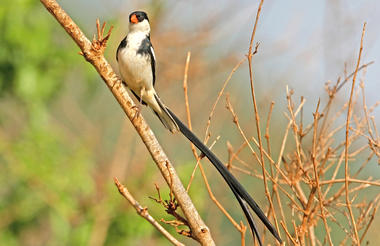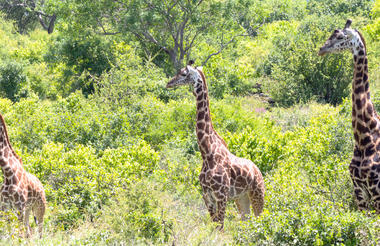Resting in the magnificent Great Rift Valley and presided over by the majestic Mount Kilimanjaro, Kenya is characterised by hauntingly beautiful natural landscapes of forested hills, patchwork farms, wooded savanna and vast forests brimming with an extraordinary abundance of wildlife. The nation’s diverse range of traditional African cultures is influenced by over 70 unique ethnic groups from the Maasai, Samburu, Kikuyu, and Turkana tribes to the Arabs and Indians that settled on the coast. Add to this: an exquisite tropical coastline fringed with breathtaking golden sand beaches; gorgeous coral gardens providing excellent snorkeling and diving opportunities; and a slew of lively beach resorts, and it is easy to see why so many visitors flock here from around the world to experience a truly unique African adventure in one of the world’s most pristine safari destinations.
Situated along the Nairobi River in beautiful Kenya, the capital of Nairobi is East Africa's most cosmopolitan city. It serves as an excellent starting point for African safari trips around Kenya. Nairobi is Africa’s 4th largest city and is a vibrant and exciting place to be. There are some fascinating attractions: its cafe culture, unbridled nightlife, the National Museum, the Karen Blixen Museum and most notably, just 20 minutes from the city centre, wild lions and buffalo roam in the world’s only urban game reserve. Make sure you pay a visit to the elephant orphanage operated by the David Sheldrick Wildlife Trust for a once in a lifetime experience.
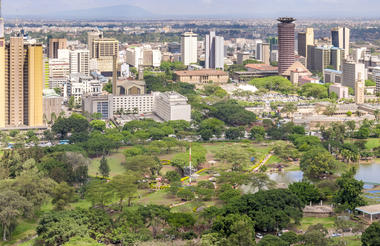
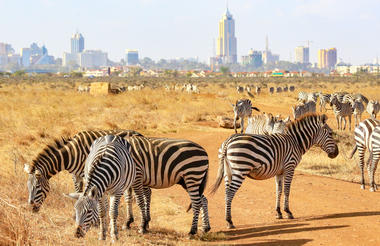
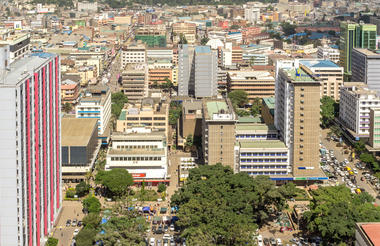
The Borana Conservancy is a non-profit conservation organisation dedicated to the sustainable conservation of critical habitats and wildlife. The conservancy's mission is to provide a sustainable ecosystem for critically endangered species on the brink of extinction such as the Patas monkey, Jackson’s hartebeest, reticulated giraffe, greater kudu, African wild dog, elephant, rhinoceros and more. Borana has a dedicated team of over a hundred men, who are deployed day and night to protect the wildlife from commercial poaching. Visitors to the area can enjoy riding safaris, game drives, guided walks, mountain biking, helicopter trips, conservation activities, as well as buggies and quad bike safaris.
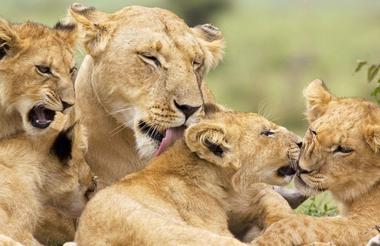

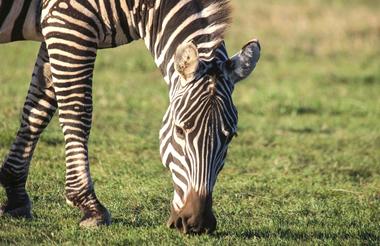
Located on the north-western edge of the Maasai Mara in Kenya, this community-led conservancy spans varied terrain of open grasslands, acacia woodland, and the winding Mara River. Once degraded farmland, it was restored through collaborative efforts between local Maasai landowners and conservationists, integrating sustainable cattle grazing with wildlife protection. Herds of giraffe, zebra, and antelope share the plains with predators such as lion and hyena, while birdlife thrives along the riverbanks. Visitors can participate in guided game drives, walking safaris, and cultural exchanges with neighbouring communities. The dry season, from June to October, provides easier wildlife viewing, while the green season from November to May reveals a richer palette of vegetation and migratory birds. Year-round, the conservancy functions as both a wildlife refuge and a working landscape rooted in local stewardship.


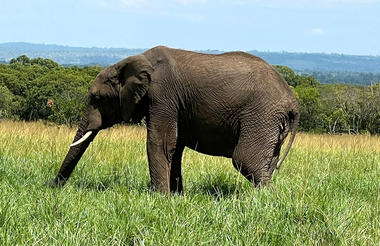
Situated in southwestern Kenya, the Masai Mara encompasses the celebrated national reserve and its surrounding community conservancies, forming part of the Greater Serengeti–Mara ecosystem. Rolling savannahs, dotted with acacia trees and crossed by the Mara River, create a rich and varied landscape. Vast herds of wildebeest, zebra, and antelope graze across the plains, while elephants, giraffes, and buffalo roam freely. The river’s lush banks support hippos and crocodiles and sustain wildlife throughout the dry season. Predators are abundant, with lions, leopards, cheetahs, and hyenas regularly seen in action. Each year, the spectacular Great Migration transforms the region, as millions of wildebeest and zebra traverse the plains. Visitors can soak up the breathtaking scenery, diverse wildlife, and Maasai cultural heritage in one of Africa’s most iconic safari destinations.
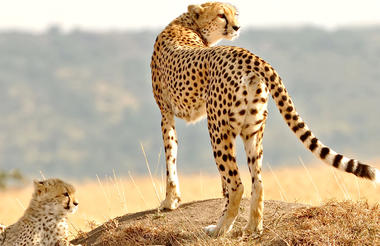
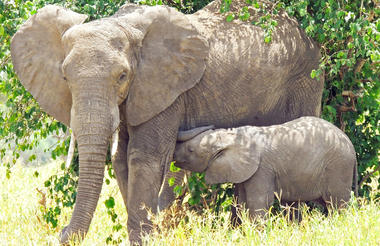
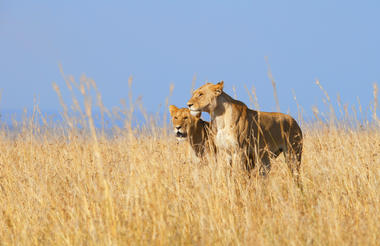
Sandwiched between the Tsavo West National Park and Amboseli National Park, the Chyulu Hills National Park protects an important water catchment area. This unique habitat features vast grass plains, forested rolling hills and rugged volcanic cones and craters set against the beautiful backdrop of Mount Kilimanjaro. Visitors can look for to a wide selection of exciting activities, such as camping, mountain climbing, horse riding, and excellent bird watching. Commonly spotted wildlife include: elephant, bushbuck, eland, leopard, bush pig, reedbuck, buffalo and giraffe. Don’t miss the opportunity to explore the longest lava tube in the world.
